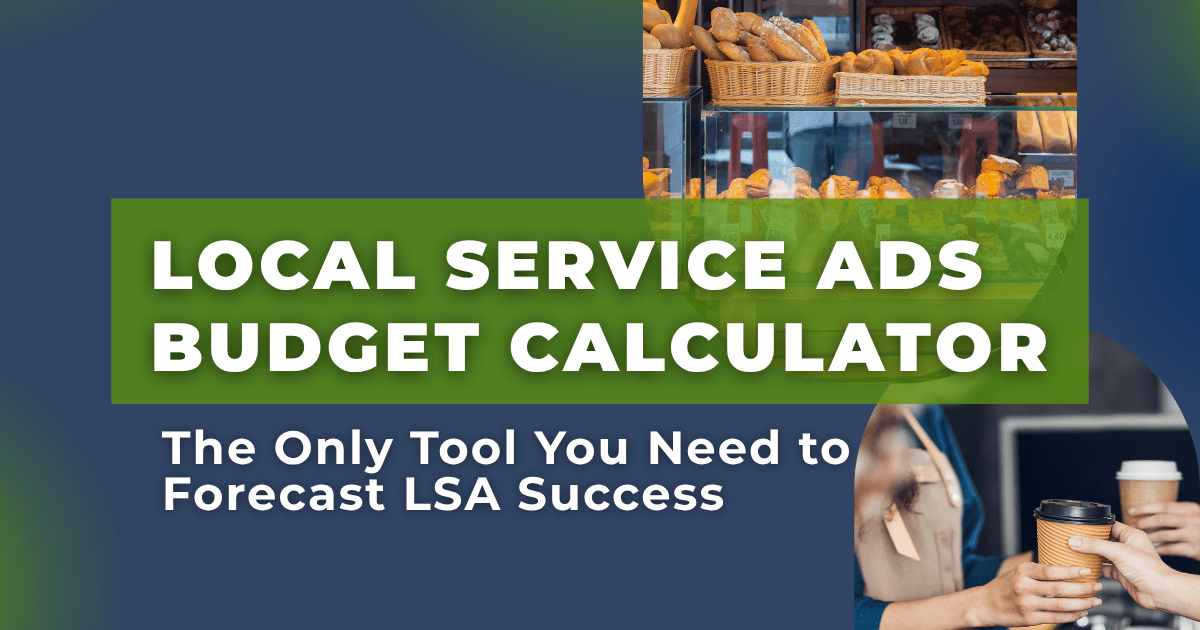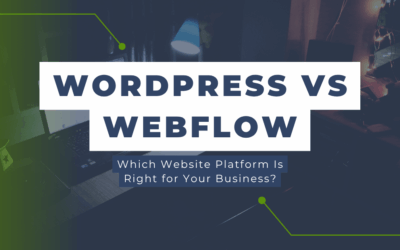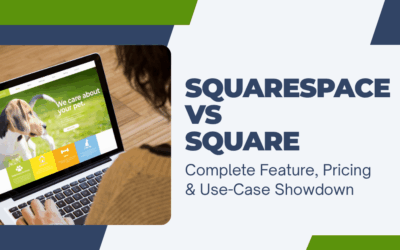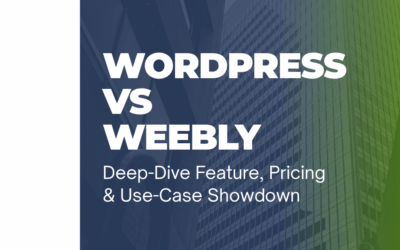If you’re running Google Local Services Ads (LSAs), budgeting accurately isn’t optional—it’s essential. Whether you’re a plumber in Dallas or a personal injury lawyer in Los Angeles, knowing how much to spend, what you’ll get in return, and when you’ll break even can mean the difference between profit and wasted ad spend.
This Local Service Ads Budget Calculator is designed specifically for businesses like yours. No fluff—just actionable planning tools, break-even models, industry-specific benchmarks, and real-use case studies. Start making data-backed LSA decisions now.
Step-by-Step Local Service Ads Budget Planning Model
Budgeting for LSAs requires more than estimating your monthly spend. Our LSA Budget Calculator follows a proven, repeatable model:
Step 1 — Set Your Monthly Ad Budget
Determine how much you’re prepared to invest based on available cash flow and growth targets.
Input in calculator: Monthly ad budget (e.g., $2,500)
Step 2 — Define Target Cost per Lead
Enter your expected cost per lead based on industry benchmarks (see next section).
Input in calculator: Target CPL (e.g., $45)
Step 3 — Estimate Lead Volume
Calculator divides your monthly budget by target CPL to estimate the number of leads you’ll generate.
Output: Projected leads per month
Step 4 — Set Your Conversion Rate
Define how many leads convert into paying customers. This can vary widely by industry and sales process.
Input: Close rate (e.g., 30%)
Step 5 — Calculate Revenue per Client
Enter your average customer value to estimate total revenue potential.
Input: Average revenue per job (e.g., $300)
Step 6 — Analyze ROI
The calculator automatically compares revenue against ad spend and provides ROI metrics.
Cost-Per-Lead Break-Even Analysis Spreadsheet
Knowing your break-even cost per lead helps you avoid overspending and underperforming. Our downloadable Google Sheets template includes:
- Adjustable fields for CPL, conversion rate, and average sale value
- Visual break-even charts that update automatically
- Sensitivity analysis to model different performance scenarios
Example:
A locksmith charging $100 per service and converting 40% of LSA leads needs a CPL under $40 to stay profitable. The spreadsheet highlights this in red/yellow/green zones so you can adjust in real-time.
Pro Tip: Download the spreadsheet, input your numbers, and instantly visualize the CPL range where your campaign becomes profitable.
Industry-Specific Local Service Ads Cost-per-Lead Benchmarks
Here’s a snapshot of average CPL benchmarks across major LSA categories in 2025:
| Industry | Avg CPL ($) |
|---|---|
| HVAC Services | $35 – $60 |
| Personal Injury Attorneys | $100 – $300 |
| Electricians | $40 – $70 |
| Plumbers | $45 – $80 |
| Real Estate Agents | $60 – $150 |
| House Cleaners | $20 – $40 |
Use these ranges in the calculator to estimate leads and adjust budgets accordingly. If your actual CPL is much higher than your industry average, it’s time to optimize your bidding strategy or improve lead quality.
Budget Calculator with Real-World Case Studies
To make budgeting even more actionable, we’ve included real case studies within the calculator interface:
Case Study: HVAC Contractor in Phoenix
- Budget: $3,000/month
- Target CPL: $50
- Conversion Rate: 25%
- Revenue per Client: $350
- Monthly Revenue: $5,250
- ROI: 75%
Case Study: Family Law Attorney in Austin
- Budget: $5,000/month
- Target CPL: $200
- Conversion Rate: 15%
- Revenue per Client: $2,000
- Monthly Revenue: $6,000
- ROI: 20%
These real scenarios help you gauge realistic expectations and model your own strategy more effectively.
How to Implement the LSA Budget Calculator
Step 1 — Download or open the calculator in Google Sheets
Step 2 — Input your specific business data (budget, CPL, close rate, client value)
Step 3 — Review auto-generated metrics: leads, revenue, ROI, and break-even
Step 4 — Adjust variables to simulate different performance scenarios
Step 5 — Set weekly or monthly goals based on real output data
If you’re managing multiple service areas or bidding strategies, duplicate the calculator for each location or campaign variant.
Calls-to-Action
- 👉 Download the Free LSA Budget Calculator Now (coming soon)
- 📊 Need help analyzing your CPL or break-even point? Book a free consultation
- 📥 Subscribe to get monthly updates on CPL benchmarks by industry
Final Word: Build LSA Campaigns Backed by Data, Not Guesses
This Local Services Ads Budget Calculator isn’t a suggestion—it’s a decision-making engine. If you’re running LSAs without a structured cost analysis or clear ROI planning model, you’re flying blind.
Use the calculator to:
- Set performance goals
- Validate your CPL and break-even
- Align budget with actual revenue projections
It’s time to stop estimating and start optimizing.




